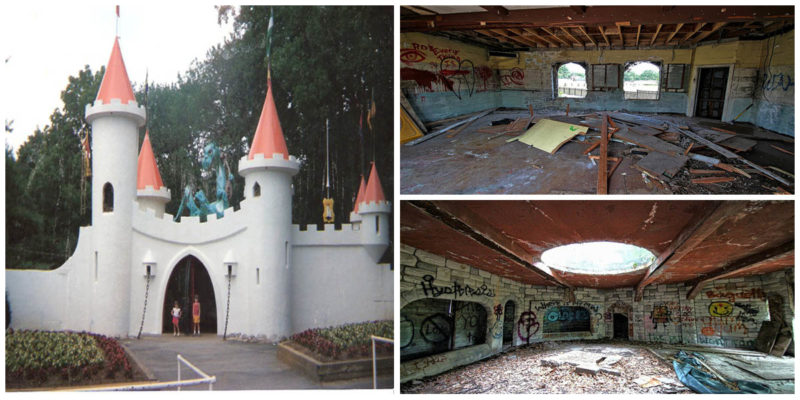It all started on U.S. Route 40, in Ellicott City, Maryland, and the date was August 15, 1955. One month prior to this opening, the Disneyland Park had its debut.
Once inside, the theme park had everything a child could wish for. It was as close a fairy tale could get to reality. In its early days, the theme park had no mechanical rides, it only featured structures straight from the story books and nursery rhymes of young children.
And the person behind it all was Mrs. Geraldine C. Harrison. Among the attractions that the children could recognize were Cinderella’s Castle, Alice in Wonderland, the Jungleland Safari and lots of others that just brought tears of joy to the children’s eyes.
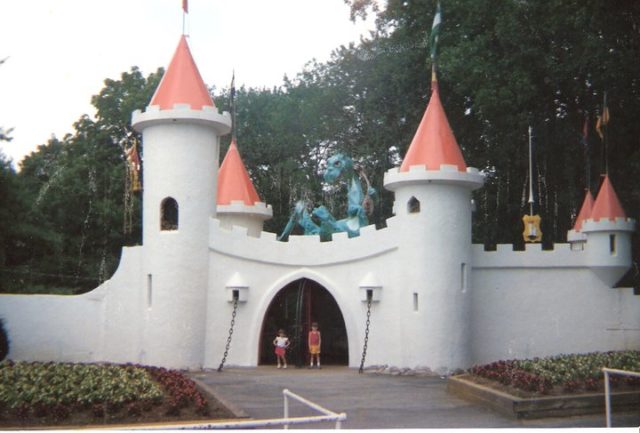
It was a place where kids from different age groups could be alongside Little Red Riding Hood or Mother Goose during their birthdays or just regular visits and bursts of joy. Different age groups further meant that those who were older (teenagers) helped at the park with the collecting of tickets from the guests.
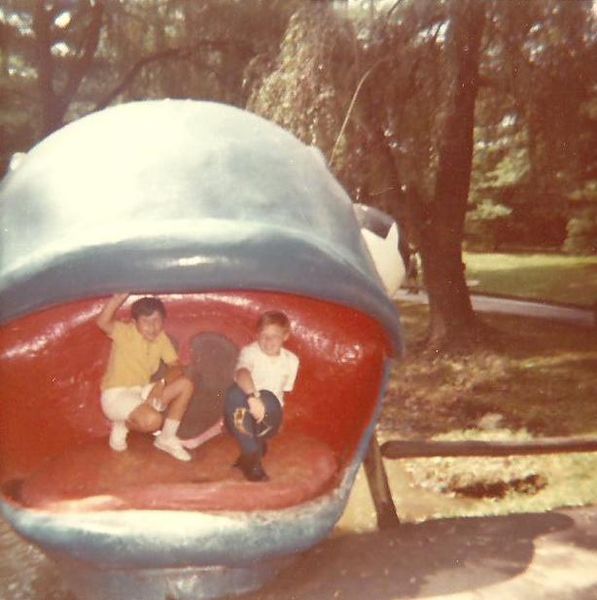
The young ones had to buy a ticket that cost 50 cents, and their parents or any adult had to pay 1 dollar for a ticket.
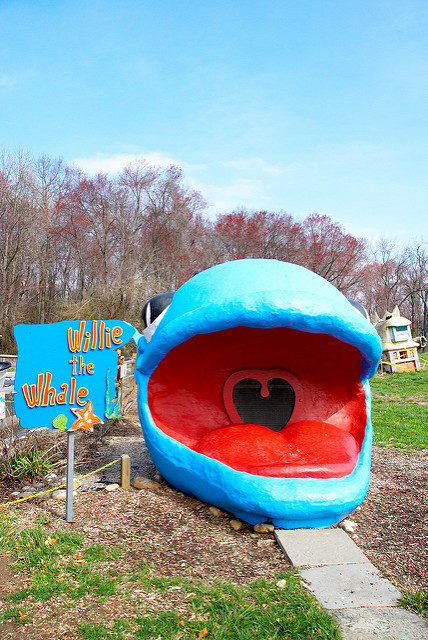
In its early days, the park spread its thrill on top of 20 acres of land. By the time it reached its maturity it was already as big as 50 acres. With a land of this magnitude, it was ready to receive as many as 300,000 children every summer.
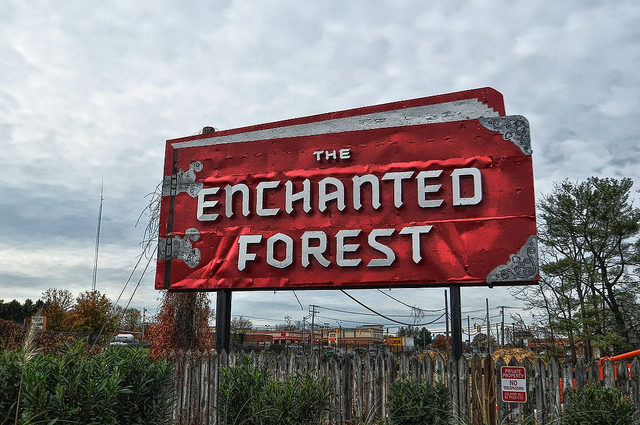
Naturally, the family entertainment industry was not born over night. It was a long process that had several phases to go through before it was ripe enough and the economy stable enough to be able to perform beyond its potential. Every day the middle class got financially stronger due to the expanding post war American economy. That meant that those that had a sharper eye saw the opportunity and acted accordingly.
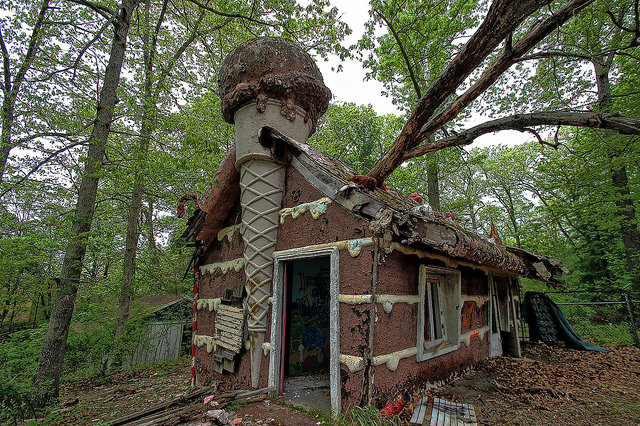
During the baby boom period, entrepreneurs realized that those babies would soon grow and become an active part of the economy themselves. Following this thought, a series of business ideas were born, among which was the idea of a theme park.
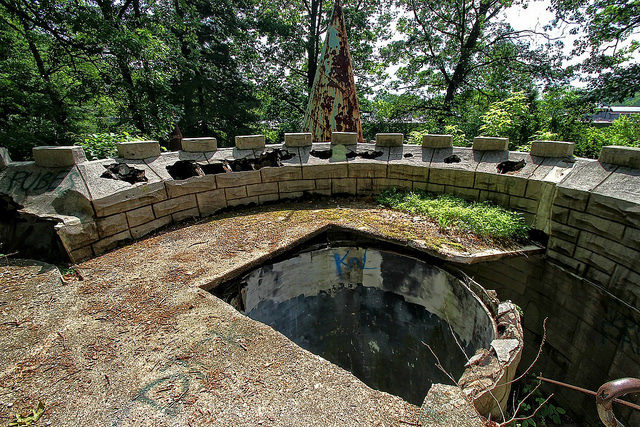
During the years in which this theme park operated the question of racism was still a hot topic. But nonetheless the Enchanted Forest was welcoming to them all despite your skin color or faith, as long as you believed in happiness and that it was equal for all. And it was a rare thing, for the Glen Echo Amusement Park thought otherwise.
As time moved on so did the ideas and the technology. Eventually, it was possible not just to enjoy your favorite fairy tale but also your favorite movie or comic book hero, thanks to the new form of entertainment called arcade games.
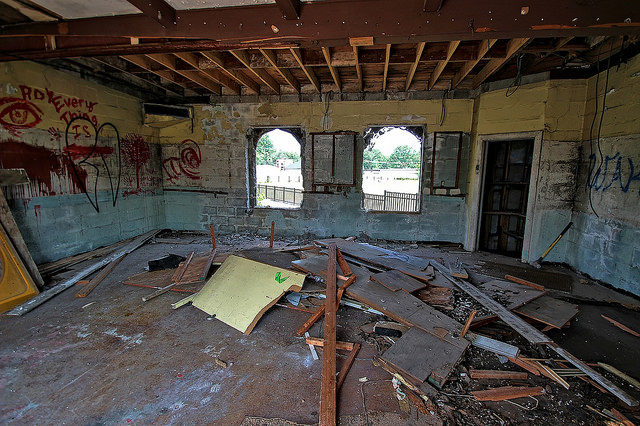
Plus, young children have the tendency to lose or regain their interest in certain matters, and that meant that the newer amusement parks were a lot more fun. It was Kings Dominion park and the Hershey Park that took much of the profit from the Enchanted Forest. With time the owners decided that it was more reasonable to sell the park. They did so in 1988 for a price of almost $5 million.
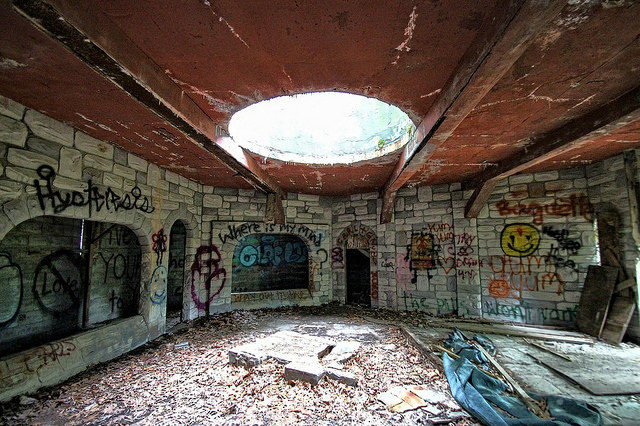
The new owners JHP Development shared a similar idea with the former owners and closed the park one year later in 1989. Over a certain period of time, part of the park’s land was repurposed and used as a parking lot and even a shopping mall. It opened briefly again 1994 to be permanently shut down again in 1995.
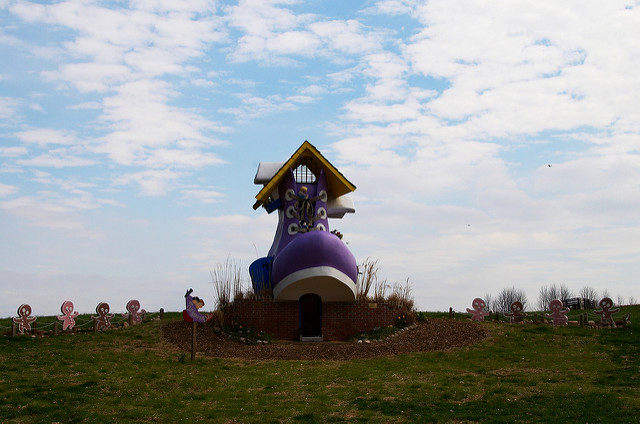
The park was locked away and on the verge to be forgotten. But then in 1998, the future of the park was on the horizon once more, for the commission called Friends of the Enchanted Forest was born. In order to preserve the rides and the structures of the park, they were moved to Clark’s Elioak Farm where they could be restored and kept for future generations.
Another interesting fact about this park is that part of the movie Cry-Baby starring Johnny Depp and Ricki Lake was filmed on its grounds.
